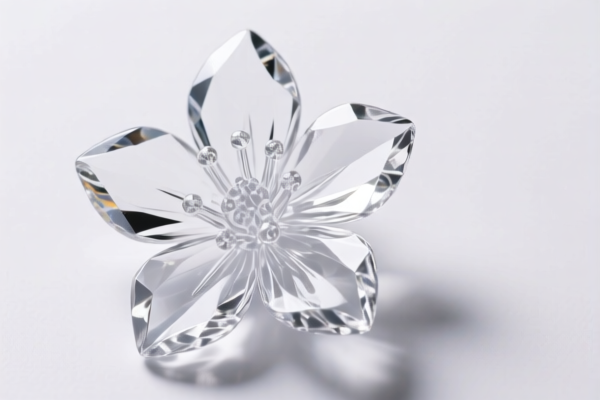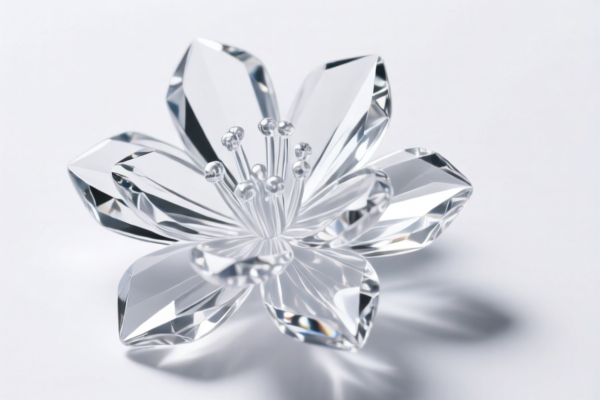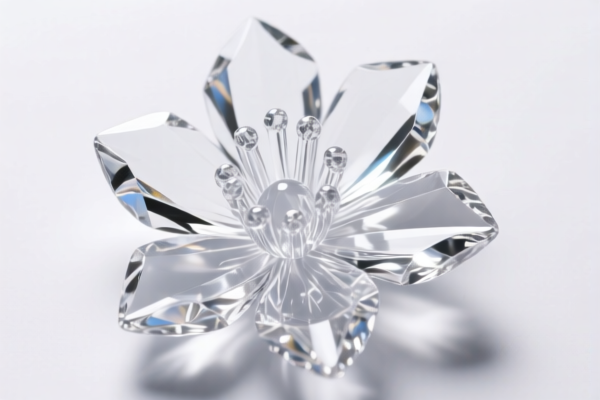| HS Code | Official Doc | Tariff Rate | Origin | Destination | Effective Date |
|---|---|---|---|---|---|
| 1211908990 | Doc | 55.0% | CN | US | 2025-05-12 |
| 1209300010 | Doc | 1¢/kg+55.0% | CN | US | 2025-05-12 |
| 6601100000 | Doc | 36.5% | CN | US | 2025-05-12 |
| 6601990000 | Doc | 38.2% | CN | US | 2025-05-12 |
| 8603100000 | Doc | 60.0% | CN | US | 2025-05-12 |
| 8603900000 | Doc | 60.0% | CN | US | 2025-05-12 |
| 8604000000 | Doc | 57.9% | CN | US | 2025-05-12 |
| 2604000040 | Doc | 55.0% | CN | US | 2025-05-12 |
| 2604000080 | Doc | 55.0% | CN | US | 2025-05-12 |
| 3604101000 | Doc | 32.4% | CN | US | 2025-05-12 |
| 3604109010 | Doc | 35.3% | CN | US | 2025-05-12 |
| 3605000030 | Doc | 37.5% | CN | US | 2025-05-12 |
| 3605000060 | Doc | 37.5% | CN | US | 2025-05-12 |
| 5404198080 | Doc | 61.9% | CN | US | 2025-05-12 |
| 5404191000 | Doc | 57.7% | CN | US | 2025-05-12 |
| 8605000000 | Doc | 69.0% | CN | US | 2025-05-12 |
| 9604000000 | Doc | 42.4% | CN | US | 2025-05-12 |




Flower
A flower is the reproductive structure found in flowering plants (plants of the division Magnoliophyta, also called angiosperms). They are characterized by their vibrant colors, distinctive fragrances, and diverse forms.
Material Composition:
Flowers are composed of several distinct parts, typically including:
- Petals: Often brightly colored to attract pollinators. Composed of thin, often delicate tissue.
- Sepals: Usually green, these enclose the developing bud and protect it before it blooms.
- Stamens: The male reproductive parts, consisting of the filament and anther (where pollen is produced).
- Carpels/Pistils: The female reproductive parts, comprising the stigma, style, and ovary (containing ovules).
- Receptacle: The base of the flower where all the parts are attached.
- Peduncle: The stalk supporting the flower.
- Nectaries: Glands that produce nectar, attracting pollinators.
Purpose:
The primary biological purpose of a flower is reproduction. Flowers facilitate sexual reproduction through pollination and fertilization.
Function:
- Attraction of Pollinators: Colors, scents, and shapes attract insects, birds, bats, and other animals to transfer pollen.
- Pollen Transfer: Structures within the flower facilitate the transfer of pollen from the stamen to the pistil, enabling fertilization.
- Seed Production: After fertilization, the ovary develops into a fruit containing seeds, ensuring the continuation of the plant species.
Usage Scenarios:
- Gardening & Landscaping: Flowers are widely cultivated for aesthetic purposes, adding beauty and color to gardens and landscapes.
- Floral Arrangements: Used in bouquets, centerpieces, and other decorative displays.
- Symbolic Representation: Flowers often carry symbolic meanings and are used in various cultural traditions and ceremonies (e.g., weddings, funerals).
- Food & Beverages: Some flowers are edible and used in salads, teas, and as flavoring agents (e.g., chamomile, lavender, hibiscus).
- Medicinal Purposes: Certain flowers possess medicinal properties and are used in herbal remedies (e.g., echinacea, calendula).
- Perfume & Cosmetics: Flower extracts are used in the production of perfumes, lotions, and other cosmetic products.
Common Types:
Flowers are incredibly diverse, but can be broadly categorized as follows:
- Rose: Known for its fragrance, beauty, and variety of colors.
- Tulip: Popular spring-blooming flower with vibrant colors and cup-shaped petals.
- Sunflower: Large, iconic flower with a distinctive yellow ray and dark central disc.
- Lily: Elegant flower with a strong fragrance and trumpet-shaped petals.
- Daisy: Simple, cheerful flower with a yellow central disc and white petals.
- Orchid: Exotic and diverse flower known for its intricate shapes and vibrant colors.
- Carnation: Popular flower often used in bouquets and floral arrangements.
- Chrysanthemum: Popular fall-blooming flower with a wide range of colors and forms.
- Lavender: Known for its fragrance and calming properties.
- Hibiscus: Tropical flower with vibrant colors and large, showy petals.
Based on the provided information, the following HS codes are relevant to “flower”:
-
1209300010: Seeds of herbaceous plants cultivated principally for their flowers Petunia. This HS code falls under Chapter 12 (Seeds, fruits and spores of a kind used for sowing) and specifically identifies seeds intended for flower cultivation, with Petunia as an example. The tax rate details include a base tariff of 1¢/kg, a 25.0% additional tariff, and a 30.0% additional tariff after April 2, 2025, resulting in a total tariff of 1¢/kg + 55.0%.
-
6601100000: Garden or similar umbrellas. While not directly flowers, this HS code could be relevant if the flowers are being sold with umbrellas. This falls under Chapter 66 (Umbrellas and sun umbrellas) and specifically identifies garden umbrellas. The tax rate details include a base tariff of 6.5%, a 0.0% additional tariff, and a 30.0% additional tariff after April 2, 2025, resulting in a total tariff of 36.5%.
-
1211908990: Plants and parts of plants (including seeds and fruits), of a kind used primarily in perfumery, in pharmacy or for insecticidal, fungicidal or similar purposes, fresh, chilled, frozen or dried, whether or not cut, crushed or powdered: Other: Other: Fresh or dried Other: Other. This HS code falls under Chapter 12 and covers plants or plant parts used for specific purposes like perfumery or pharmacy. The tax rate details include a base tariff of 0.0%, a 25.0% additional tariff, and a 30.0% additional tariff after April 2, 2025, resulting in a total tariff of 55.0%.
According to the provided reference material, the HS code options related to 'flower' are limited, with only the following 3 found.
Customer Reviews
No reviews yet.